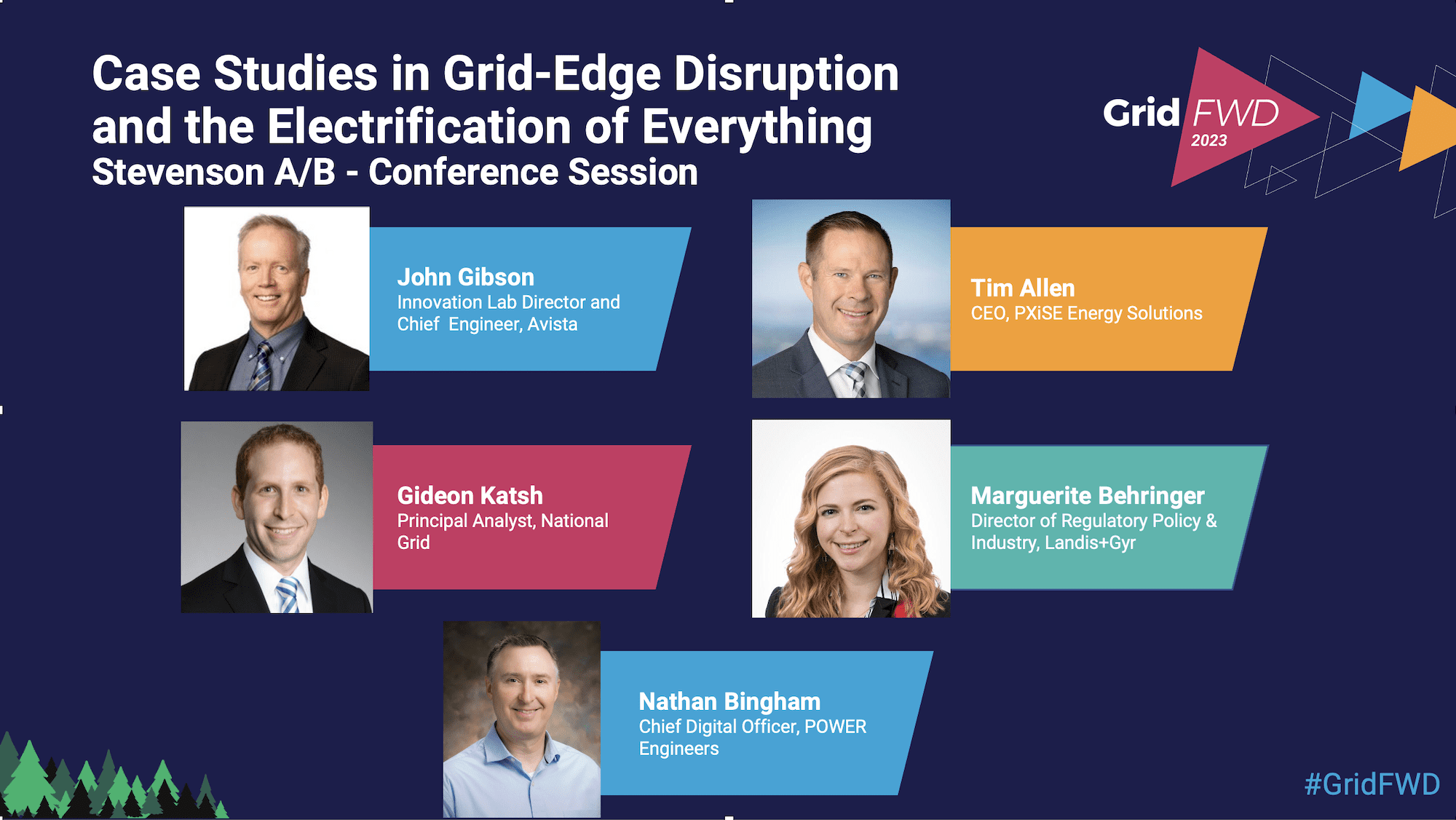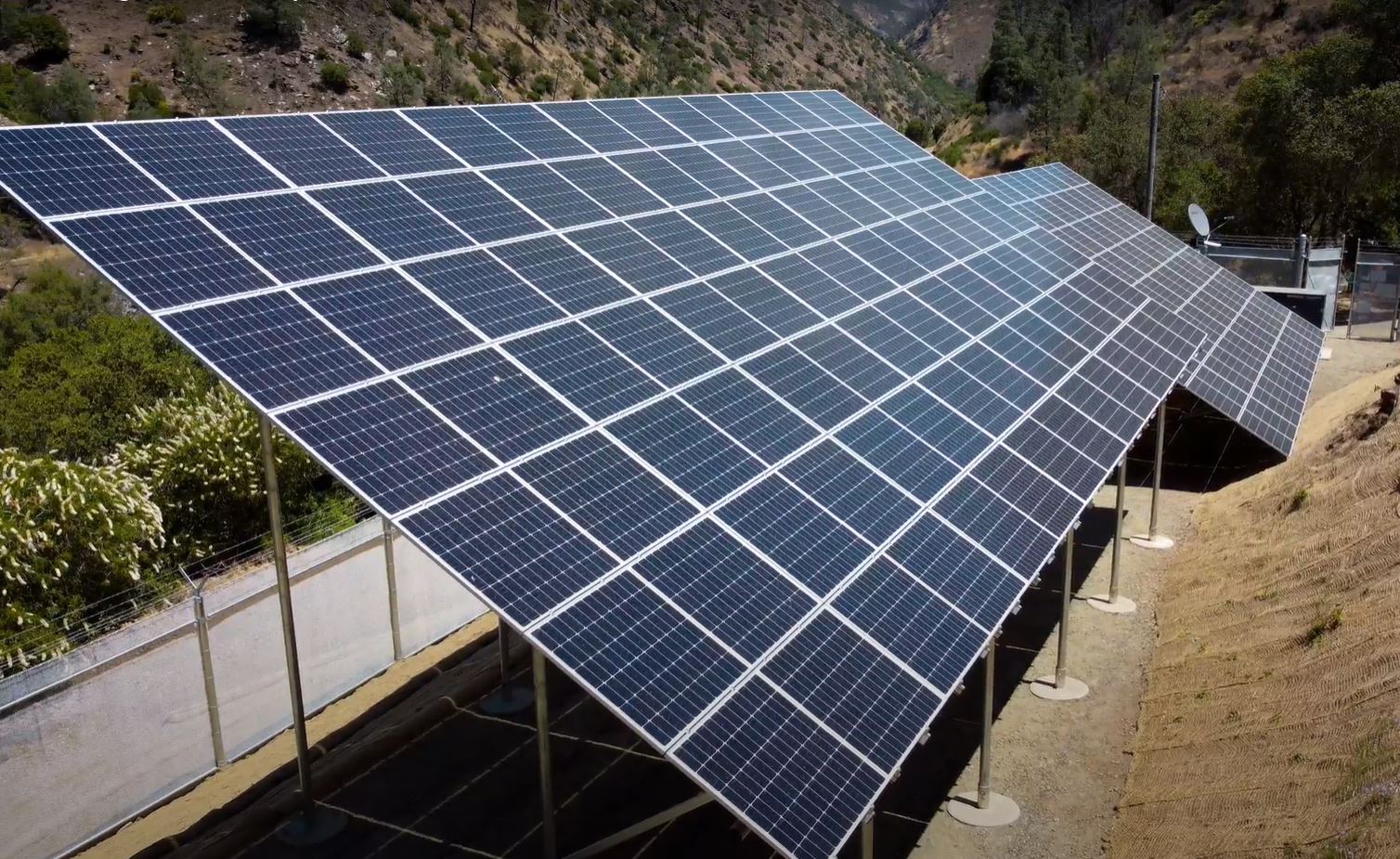Reflections from GridFWD 2019
by Stuart Schare, Managing Director, Energy, Navigant
In a world of synchrophasors, auto reclosers, and volt-var optimization, you may ask, “What do customers have to do with grid modernization?” The reality is that modernization of the electric grid, and transformation of the electric utility industry in general, requires much more than widgets and software. In this vein, Grid Forward has evolved to become an association self-described as “defining pathways for electric grid modernization via advanced technology, policy progress and business innovation.” These three elements exhibit interdependency in many ways, such as in “prosumer” customers storing excess rooftop PV production and selling the power back to the grid when system or wholesale prices are high.
Customers’ place in the utility ecosystem is already changing and will continue to evolve—even if most individuals aren’t pursuing a more active role in the world of energy commerce.
– Stuart Schare, Navigant
This future scenario requires monitoring and communications technologies to enable the emergence of the prosumer, policy changes to enable the flow of dollars to the new market players, and business innovation to nudge (if not upend) the old utility way of business to create new market opportunities for customers, technology vendors, and other intermediaries. The common link among these elements is the customer, whose place in the utility ecosystem is already changing and will continue to evolve—even if most individuals aren’t pursuing a more active role in the world of energy commerce.
Customer Influence on Grid Planning and Operations
The role of the customer—and utilities’ seemingly newfound embrace of the customer—was a major topic at October’s GridFWD 2019 event in Seattle. As described in the “Embracing the Voice of the Customer” session, the utility paradigm has evolved in recent decades from describing the people on the receiving end of the electricity flow as mere “load” (how dehumanizing!), to the functionally correct “ratepayers” (how impersonal!), and only recently as “customers.” This is an important step in recognizing the changing relationship between the utility and the people who pay the electric bills.
So how does this changing utility-customer relationship affect grid planning and operations? According to Lincoln Bleveans, Assistant General Manager of Burbank Water & Power, one example is the rise in customer demand for renewable energy. Utility-scale renewable generation demanded by customers is forcing utilities to find new ways to transmit that power to the load centers.
Similarly, customer-sited generation such as rooftop PV is leading utilities to assess local distribution system capacity to handle the possible influx of overgeneration. Even if that’s not proving to be a major concern in the short term, then just wait until clusters of like-minded residential customers start installing electric vehicle chargers that draw between 5kW and 10 kW or more apiece. That’s when customer behaviors will really start forcing the hand of utility planners, and the common customer desire to avoid local infrastructure expansion may accelerate the trend toward “non-wires alternatives” to traditional distribution investments.
Heeding the Voice of the Customer
Perspectives from the GridFWD 2019 panel “Embracing the Voice of the Customer,” as well as interviews with utility attendees, suggest that today’s utilities are truly listening to customers in new ways. A common theme was a move away from commissions dictating what utilities should do for customers, and from utilities driving new product ideation. Southern California Edison’s David Fanous described an increasingly collaborative environment in which a utility may first turn to both regulators and customers to understand their interests and desires. Only then does the utility approach the commission with a proposal that has been co-developed with customers. Not only does this meet the customer needs, but the utility also develops a built-in advocate for its regulatory initiatives.
Among the other salient perspectives proffered by the panel:
- In developing new products, utilities must focus on needs of the customer, not what the utility wants to do. As a product gets developed, utilities need a “continual touchpoint” to check back with customers as their needs will evolve.
- Utilities need to be more customer-focused, not product-attribute focused, in their communications. They must evolve to consider not only what they want to convey, but also what a customer will think when they read an announcement.
- “Customer segmentation” is much more than the size of the account and whether it is commercial or residential. Customers have a variety of different desires, and they have different values. The successful utility will offer a variety of choices to meet these diverse needs.
“Utilities’ relationship with customers is a two way relationship,” suggests Burbank Water & Power’s Bleveans. “Customers are empowered with technology and knowledge that allow them to see what’s possible and demand what’s possible.” What’s possible is more than just delivery of kilowatt-hours. Will utilities be able to step up to the plate and meet this new, very different kind of demand?
In a follow-up blog look for insights from GridFWD 2019 into how utilities are creating a culture that embraces innovation to both provide for customer needs and advance grid operations beyond the status quo of recent decades.
###

Stuart Schare is a Manager Director in Navigant’s Energy practice. Grid Forward greatly appreciates his contribution to sharing this information from GridFWD 2019.



